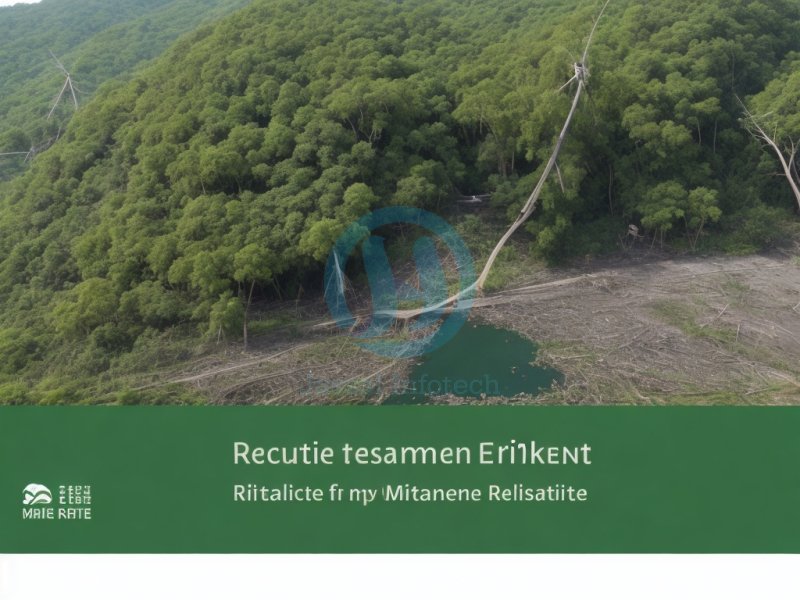
In the face of intensifying climate change, the frequency and severity of natural disasters have become more pronounced. From devastating hurricanes to wildfires and floods, communities worldwide are grappling with the catastrophic consequences of climate-related risks. However, in the midst of these challenges, there is hope - the power of green technology is emerging as a formidable ally in bolstering disaster resilience and mitigating the impact of climate-induced disasters. In this blog, we will explore the potential of green technology in creating sustainable solutions for disaster resilience and reducing the vulnerabilities of our planet.
Before diving into the role of green technology, it is crucial to comprehend the various climate-related risks that threaten our societies. Global warming has led to rising sea levels, extreme weather events, and changes in precipitation patterns, all of which increase the likelihood of disasters. Understanding these risks serves as the foundation for building effective strategies to mitigate their impact.
Green technology encompasses a wide array of innovative solutions that are eco-friendly, sustainable, and energy-efficient. These technologies aim to reduce greenhouse gas emissions, conserve natural resources, and create a greener and cleaner future. Now, they are being harnessed to enhance disaster resilience in the following ways:
Embracing renewable energy such as solar, wind, and hydroelectric power reduces our reliance on fossil fuels, curbing greenhouse gas emissions and the potential for climate change. In disaster-prone areas, decentralized renewable energy systems can provide critical power supply during grid failures, ensuring essential services and communications remain functional.
Smart grids equipped with advanced sensors and automation technologies enable efficient energy distribution and real-time monitoring. Additionally, microgrids, which function independently of the main power grid, are becoming indispensable in disaster-hit regions, ensuring power continuity for vital facilities like hospitals and emergency shelters.
Natural features such as wetlands, forests, and coastal mangroves act as natural barriers against floods and storm surges. Preserving and restoring these ecosystems can strengthen resilience to climate-related disasters, safeguarding lives and property.
Green technology is driving the development of sophisticated early warning systems that use data analytics, satellite imagery, and artificial intelligence. These systems enable timely alerts for approaching disasters, allowing communities to evacuate and prepare effectively.
Incorporating green technology into building design is pivotal for disaster resilience. Environmentally-friendly materials and construction techniques not only reduce a structure's carbon footprint but also enhance its ability to withstand extreme weather events. Green buildings often have features like rainwater harvesting systems, solar panels, and proper insulation, making them more resilient to disasters while promoting energy efficiency.
The power of big data and artificial intelligence (AI) has unlocked new possibilities for disaster risk reduction. By analyzing vast amounts of data, AI can identify patterns, predict potential disasters, and optimize disaster response strategies. This integration of green technology and AI allows for more effective disaster preparedness and response efforts, saving lives and resources.
Implementing green technology for disaster resilience requires widespread awareness and community involvement. Education plays a vital role in fostering a culture of sustainability and preparedness. Local communities must be empowered with the knowledge to adopt eco-friendly practices, create disaster preparedness plans, and effectively utilize green technologies to protect their environments and lives.
As the world confronts the escalating challenges of climate change, green technology stands as a beacon of hope in the fight for disaster resilience. By embracing renewable energy, green infrastructure, sustainable building designs, and cutting-edge technologies like AI, we can significantly mitigate climate-related risks and protect vulnerable communities from the wrath of natural disasters. As individuals and global citizens, we have the power to support and advocate for green technology, ushering in a greener, safer, and more sustainable future for generations to come. Together, let us embrace the potential of green technology and build a world resilient to the ever-changing climate.
Share This News